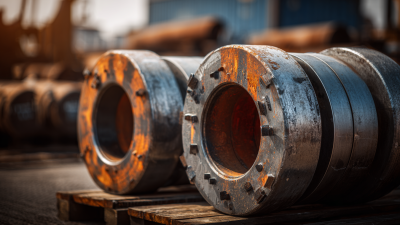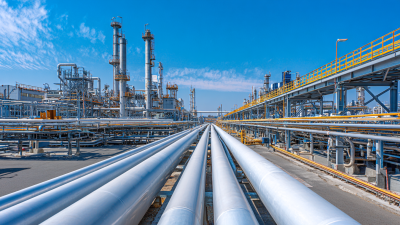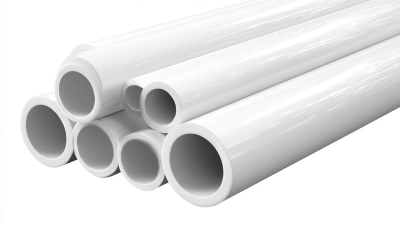Email Id: sale@adctooling.com
When selecting the appropriate Teflon lined pipe for your industrial applications, it’s essential to consider the specific requirements of your operations. Research shows that nearly 60% of chemical process industries face challenges related to corrosion and chemical compatibility, making the choice of piping materials critical. Teflon lined pipes are known for their exceptional resistance to a wide range of corrosive chemicals and high temperatures, offering a reliable solution for industries such as pharmaceuticals, food processing, and petrochemicals. According to a recent market analysis, the demand for Teflon lined pipes is projected to grow by 5.2% annually through 2027, as industries increasingly seek to enhance safety and efficiency in their operations. Understanding the unique properties and applications of Teflon lined pipes will empower you to make informed decisions that optimize performance and minimize risks in your facility.
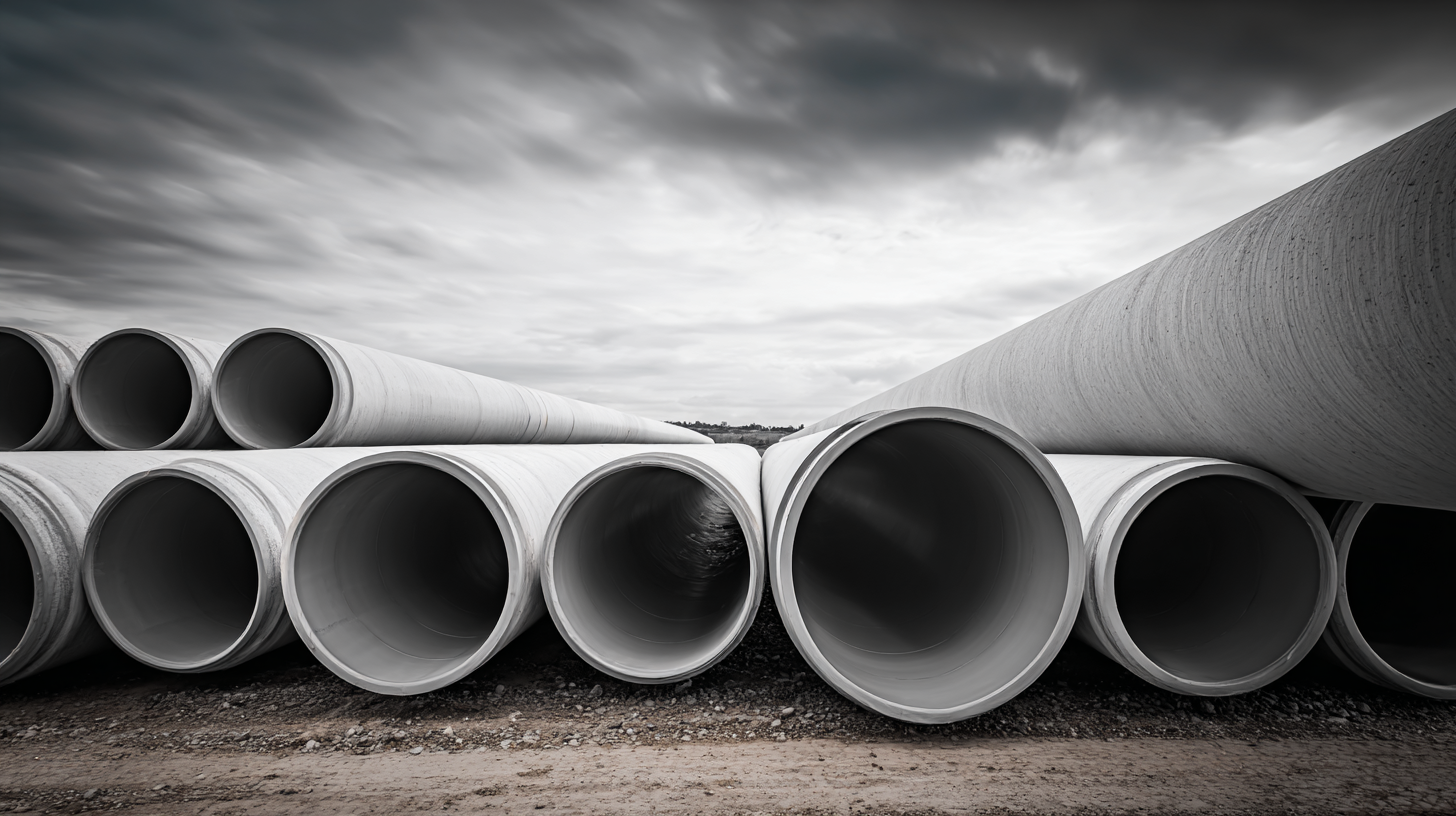
Teflon lined pipes, made from polytetrafluoroethylene (PTFE), are essential in various industrial applications due to their excellent chemical resistance and high-temperature stability. Understanding the basics of Teflon lined pipes involves recognizing their structure; PTFE offers a low coefficient of friction, which minimizes wear and extends the lifespan of the piping system. These pipes are particularly advantageous in industries such as chemical processing where corrosive substances are prevalent, enabling safe and efficient transport of hazardous materials.
Recent advancements in PTFE technologies, including porous membrane applications, highlight the versatility of this material. As reported, innovative processing techniques enhance the performance of PTFE membranes in various applications, from oil-water separation to biopolymer-based structures. For instance, superhydrophobic and superoleophilic membranes have been developed, showcasing how advanced polymer properties can lead to improved efficiency in industrial setups. This focus on enhanced material properties is further supported by the growing demand for eco-friendly solutions in industrial applications, emphasizing the role of Teflon lined pipes in fostering sustainable practices. Reports indicate that the global demand for chemical-resistant piping systems is projected to grow significantly, reflecting the increasing emphasis on safety and reliability in industrial operations.
When selecting the right Teflon lined pipes for your industrial applications, evaluating material compatibility is crucial. Teflon, known for its excellent chemical resistance and non-stick properties, is often used in extreme environments. However, it's important to ensure that the materials interacting with Teflon do not cause degradation or adverse reactions. Consider factors such as the type of chemicals that will flow through the pipe, the operating temperature, and pressure conditions.
Tips for Compatibility Evaluation:
- **Conduct Compatibility Testing**: Before making a final decision, perform compatibility testing with the chemicals that will be transported. This mitigates the risk of unforeseen reactions between Teflon and other materials.
- **Review Manufacturer Specifications**: Always refer to the technical data sheets provided by manufacturers to understand the limits and recommended operating conditions for Teflon lined pipes.
In addition to chemical compatibility, it’s important to consider the mechanical properties of the substrate piping material. Ensure that the base material has sufficient strength to handle the operational loads without compromising the protective Teflon lining. This careful evaluation will help optimize performance and longevity of your piping system.
When selecting the right Teflon lined pipe for industrial applications, determining the appropriate size and specifications is crucial to ensure efficiency and durability. The diameter of the pipe significantly impacts the flow rate and pressure drop, which are essential for optimal operational performance. According to industry standards, a properly sized pipe should maintain a flow velocity that prevents sedimentation while minimizing energy losses. For instance, a pipe diameter that is too small can increase friction and turbulence, potentially leading to premature wear and increased energy consumption.
Additionally, the specifications of the Teflon lining must match the specific chemical and thermal requirements of the application. Recent studies indicate that Teflon linings can withstand a broad range of temperatures and resist corrosive substances, making it an ideal choice for industries working with harsh chemicals. Experts recommend consulting detailed industry reports that provide data on the thermal and chemical compatibility of Teflon with various materials to make informed decisions. By aligning the pipe size and lining specifications with operational needs, businesses can enhance system reliability and reduce maintenance costs significantly.
When selecting Teflon lined pipes for industrial applications, understanding temperature and pressure ratings is crucial for ensuring optimal performance. Teflon, known for its high resistance to chemical corrosion and high-temperature stability, offers a temperature range of approximately -450°F to 500°F. A report by the American Society for Testing and Materials (ASTM) emphasizes that exceeding these limits can lead to pipe failure, potentially compromising system integrity and safety.
In evaluating pressure ratings, note that Teflon lined pipes typically operate effectively at pressures up to 150 psi at room temperature. However, as temperature increases, the allowable pressure significantly decreases. According to process engineering studies, for every 100°F rise in temperature, the maximum pressure rating can drop by as much as 50%. This highlights the importance of not only choosing the right material but also rigorously adhering to established parameters.
Tips: Consider conducting a thorough analysis of your operational conditions, including fluctuating temperatures and pressures, before making a choice. Additionally, consistently monitor and maintain your piping system to identify any deviations from optimal performance quickly. This proactive approach can help prevent costly downtime and ensure your operations continue smoothly.
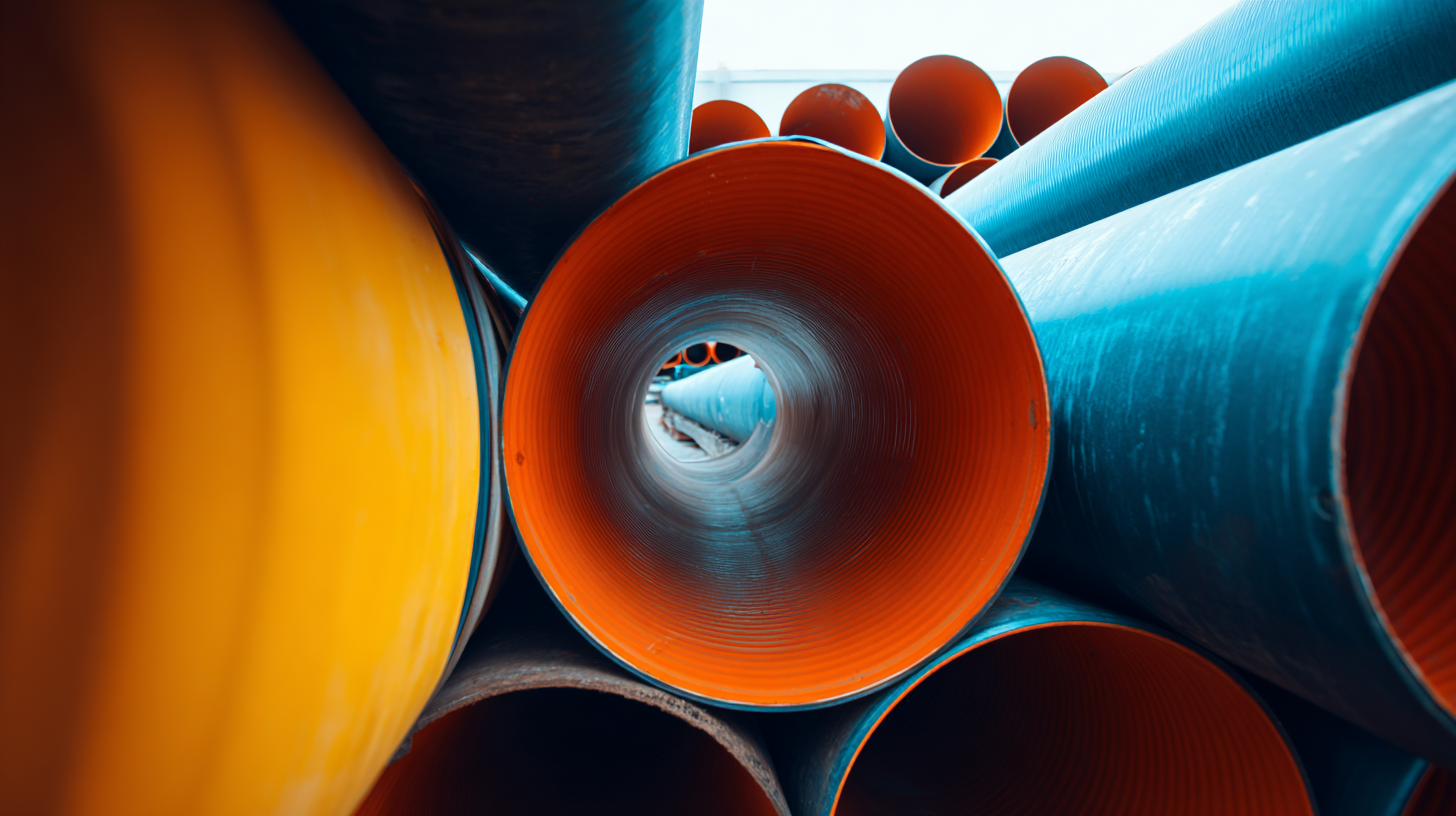
When selecting the right Teflon lined pipe for your industrial needs, it’s essential to weigh the factors of cost versus quality, especially in light of recent concerns regarding chemical safety. According to industry reports, the price of Teflon lined pipes can vary considerably based on their size and application, with costs typically ranging from 10% to 30% higher for high-quality options. However, investing in superior pipes can prevent issues related to corrosion and chemical compatibility, potentially saving costs on maintenance and replacements in the long run.
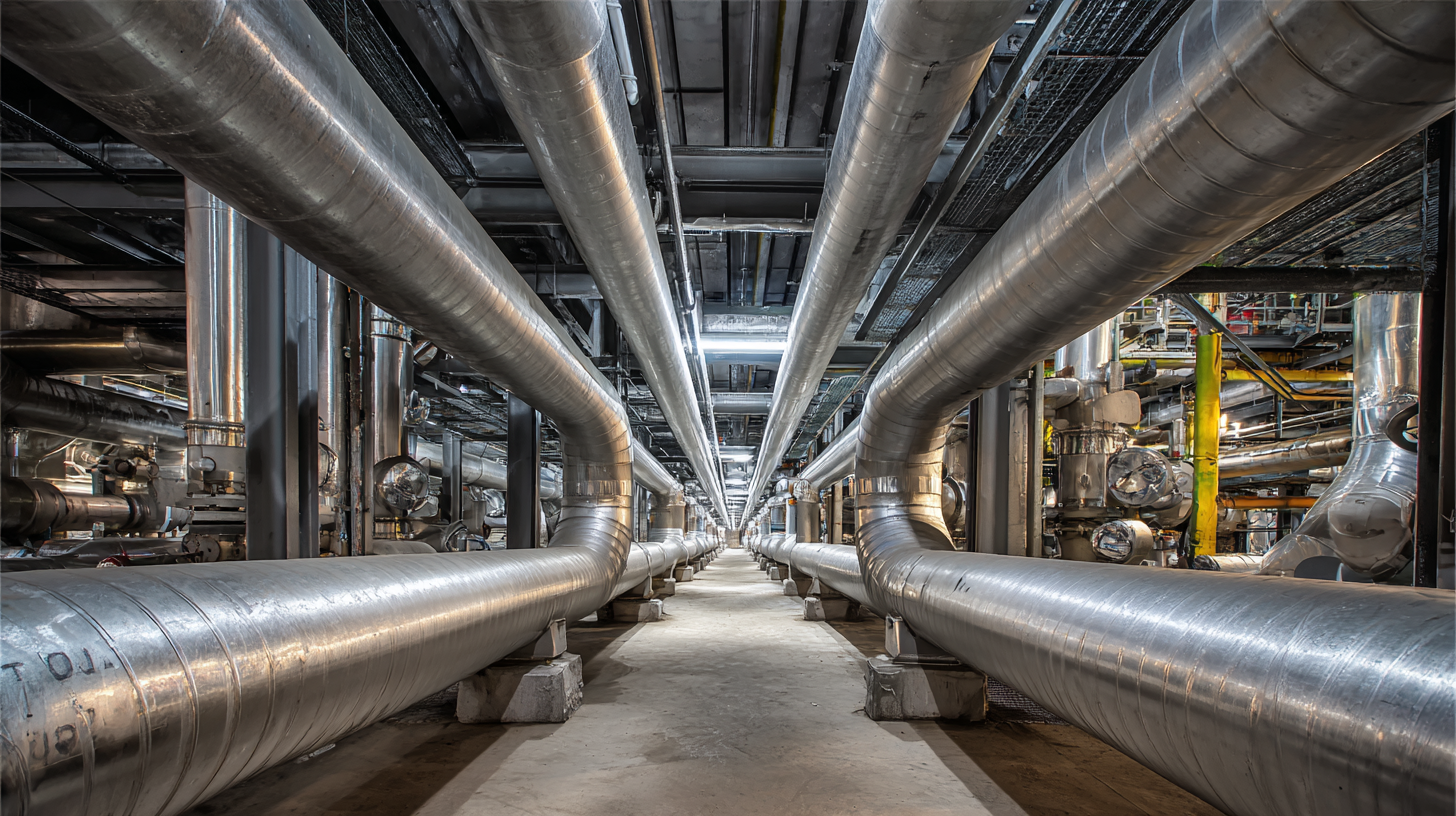
Emerging environmental concerns, particularly regarding substances such as PFAS, which have been linked to health risks through products like plumber's tape, make the choice of suppliers even more critical. A report published in 2023 highlights that approximately 60% of industrial consumers are now prioritizing suppliers that adhere to stringent safety and sustainability standards. This trend underscores the importance of not only evaluating the initial cost but also considering the lifetime value and environmental impact of the materials used in Teflon lined pipes. Engaging with suppliers who provide transparent information about their manufacturing processes can help businesses make informed decisions that align with both regulatory requirements and corporate responsibility goals.


